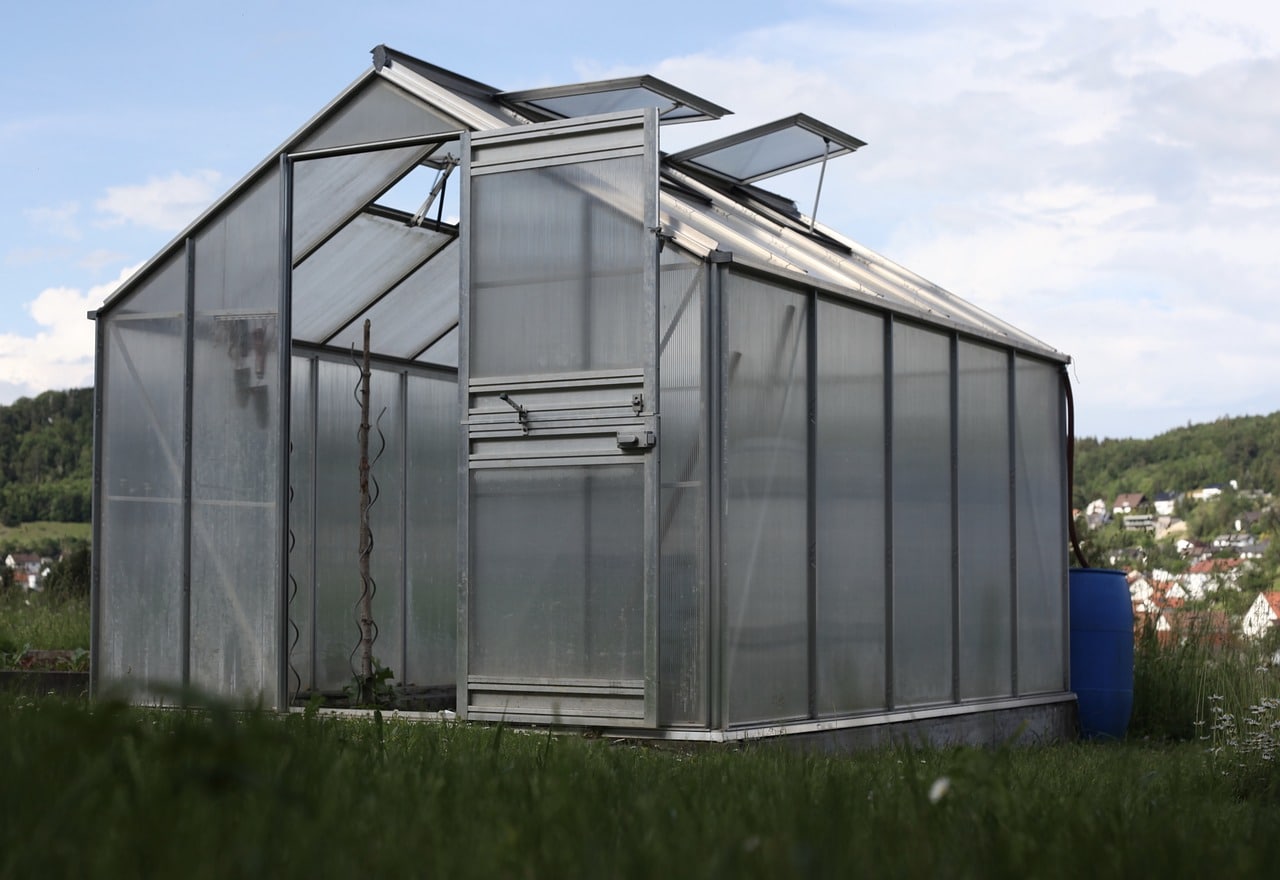How to regulate the heat for cool weather crops in a hobby greenhouse involves knowing in-depth advice on the steps on how to do this. During the summer, you have felt the intense heat of the season, particularly when you are spending more time inside the greenhouse.
Temperatures in this environment can reach several degrees more than when you are outside, and even during the winter, but sunny days within the growing season in this effect can influence plants and even more gardeners. So what should you do?

First off, know that greenhouses or hothouses should be able to house both warm-loving crops — melons, tomatoes, and cucumbers — and cool weather crops. However, even they have limits too, and for instance, you have tomatoes in temperatures that may climb up to 90 degrees Fahrenheit (32 degrees Celsius) during the day and up to 75F (24C) at night.
Thus, the need for cool weather crops.
What Are Cool Weather Crops?
There are several crops that can tolerate the coldest of weather, and you can have the soil where to plant early spring vegetables that can be categorized as cool weather crops.
They are very different because the cool-season crops must be cultivated so when their maturity peaks as the weather are cold and prior to the summer’s heat. As the warm weather arrives, many of the crops would usually “bolt” or run to seeding prematurely.
The crops may flourish in temperatures lower than the recommended temperature, so being able to plant the seeds or transplanting at the right time can aid in ensuring you will get the healthiest harvests.
It is thus recommended to grow cool-season crops such as potatoes, broccoli, or lettuce to receive your early start for the spring garden. Such crops will stay strong in cooler temperature ranges and are ideal as spring plants. Knowing what you must grow when planting seeds, alongside tricks, should assist in ensuring spring vegetables thrive for the entire year’s seasons.
They could include:
- Lettuce
- Bean
- Cabbage
- Mustard
- Okra
- Runner Bean
- Tomato, and more
Ways To Regulate Heat For Cool Weather Crops In The Hobby Greenhouse
The steps on how to regulate the heat for cool weather crops in a hobby greenhouse can be very easy.
Knowing What You Should Grow
There are several crops that are able to tolerate the coldest of weather and the soil approaches and may be cultivated as early vegetables in the spring. Your cool-season crops must be planted right with the correct temperature at an estimated lower than 22 degrees Fahrenheit.
Ventilating A Greenhouse
Another step is to ventilate the greenhouse to regulate the heat for cool weather crops. The greenhouse can offer the best of the environment all-year-round, but ventilation is still important because, in this way, you will be able to keep them producing their finest.
Take note that temperatures over 27 degrees Celsius may cause damage upon plants, so it is important to prepare your thermometer so you can monitor the situation well. During sunny days, you can head as early as you can open the vents and the doors, so the nights are warm for the crops. There is also equipment that can prevent the entry of distracting wildlife.
Hardy Crops And Semi-Hardy Crops
Then, you have the concept of hardy crops and semi-hardy crops. Within the category of cool-weather crops are these entities characterized by the environment they can grow with.
For instance, hardy vegetables are able to tolerate the cold temperatures, as the seed germination happens in colder soil. Not only this, but the seedlings will also survive the heavy frost. You may be able to cultivate the seeds and transplant these three weeks prior to the date of the average last frost in the spring.
Plus, they will also grow in temperatures during the daytime as low as 40F (four degrees Celsius).
On the other hand, your semi-hardy vegetables are your cool weather crops that can withstand the light frost. To regulate temperature for these, you must have a minimum daytime temperature from four to 10 degrees Celsius, and they must be sown as early as two weeks prior to the average frost in spring.
Preventing Water Stress
Thus far, the most effective tools that plants are known to use is transpiration or referred to as the moisture loss through the stomata or the leaf pores. The loss of moisture may cool down the leaf surface in a similar way that people sweat.
It also reduces the ability of the plants to sweat, and may, in turn, wilt. By offering the right moisture for the plants to draw up from the lower levels, they may remain cool.
This involves looking for signs of heat stress, such as drying out foliage, leaves getting scorched, and wilting plants. Diligent application of these tips must prevent the side-effects of water stress successfully.
How Do You Keep A Greenhouse Cool In The Desert?
Now when the hobby greenhouse mimics the environment of the desert, among the common ways to keep it cool is through utilizing the cooling walls. While your vents can contribute, they may not offer the right cooling, and this is where swamp coolers help, given the lower humidity revealed in deserts.
Why Have A Hobby Greenhouse
Not every greenhouse is created equal, and thus, you must be able to have the hobby greenhouse with you for their particular purposes. Your hobby greenhouse is not as difficult to manage as your commercial greenhouse, so you should try having one in your vicinity for gardening.
